US Conference Board Consumer Confidence rose from 97.5 to 102.0 in May, well above expectation of 96.1. Present Situation Index rose from 140.6 to 143.1. Expectations Index also rose from 68.8 to 74.6.
“Confidence improved in May after three consecutive months of decline,” said Dana M. Peterson, Chief Economist at The Conference Board. “Consumers’ assessment of current business conditions was slightly less positive than last month.
“However, the strong labor market continued to bolster consumers’ overall assessment of the present situation. Views of current labor market conditions improved in May, as fewer respondents said jobs were ‘hard to get,’ which outweighed a slight decline in the number who said jobs were ‘plentiful.'”
“Looking ahead, fewer consumers expected deterioration in future business conditions, job availability, and income, resulting in an increase in the Expectation Index. Nonetheless, the overall confidence gauge remained within the relatively narrow range it has been hovering in for more than two years.”




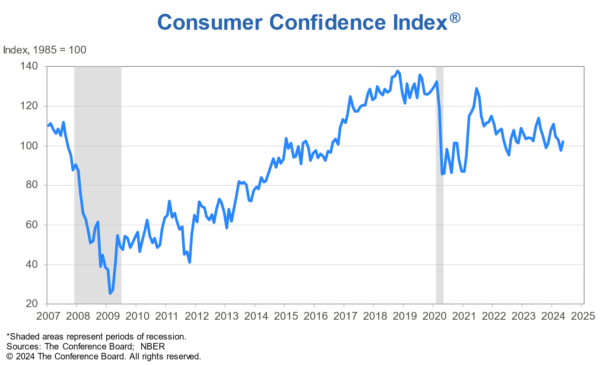
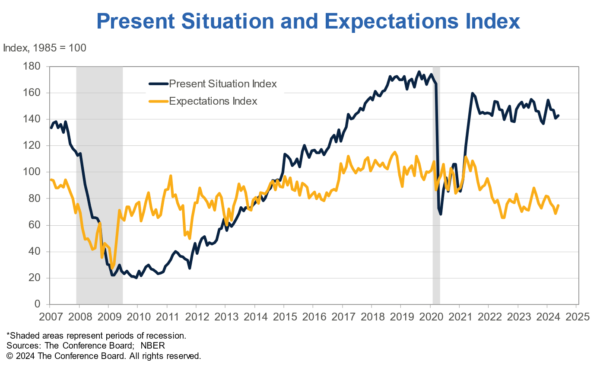
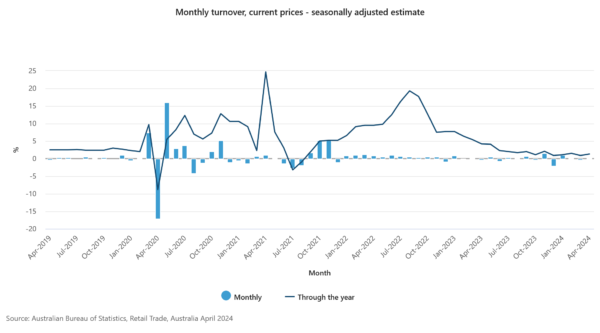
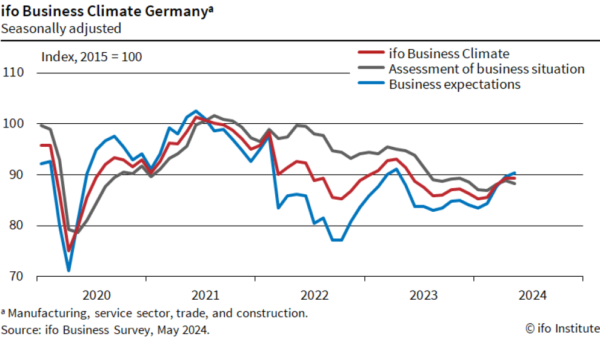
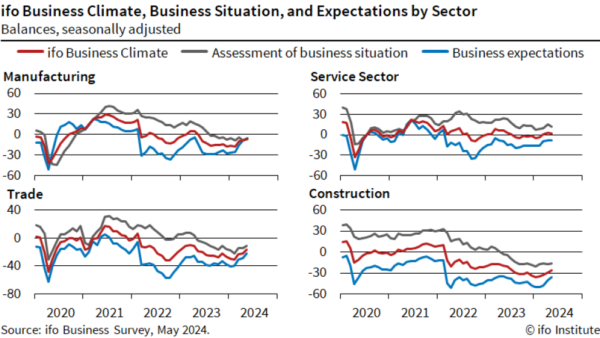
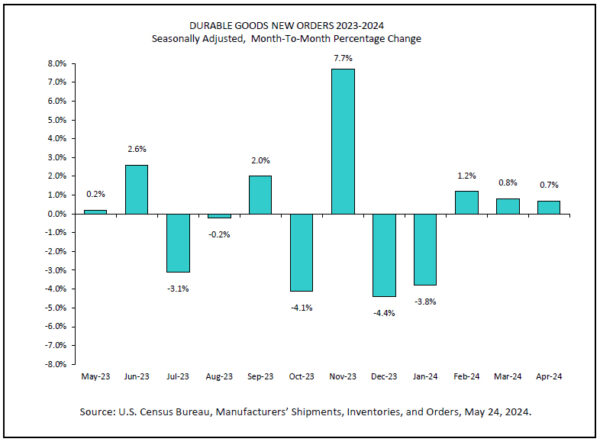
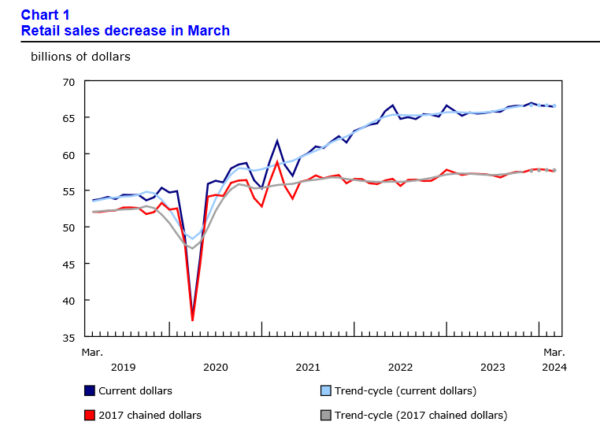
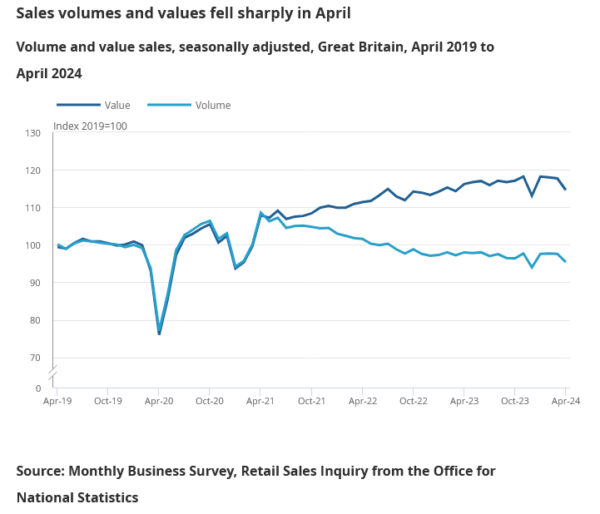
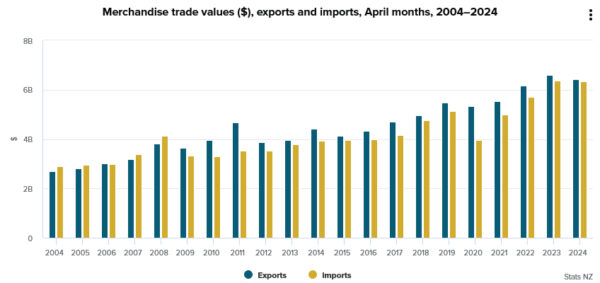
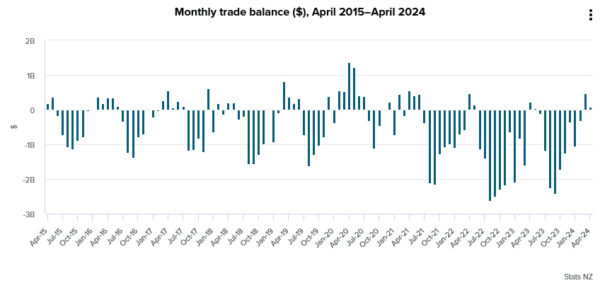
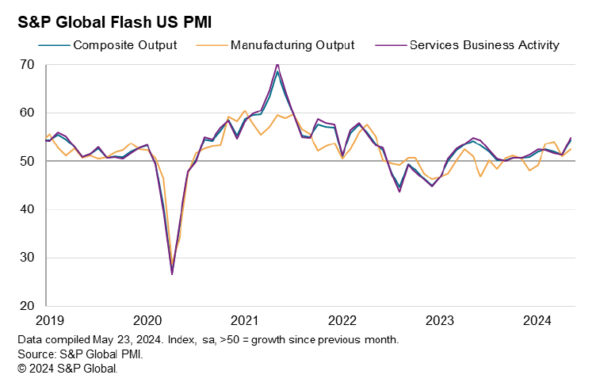

Fed’s Kashkari: Low odds for rate hike but keeping options open
In an event in London overnight, Minneapolis Fed President Neel Kashkari stated that the likelihood of raising interest rates again is “quite low,” although he emphasized, “I don’t want to take anything off the table.”
Kashkari pointed out that “wage growth is still quite robust relative to ultimately what we think would be consistent with the 2% inflation target,” suggesting that the labor market remains strong. He emphasized the need for a careful assessment of the downward pressure being placed on demand before making any further policy decisions.
When discussing his input for the upcoming dot plot, Kashkari expressed the importance of having comprehensive data before drawing any conclusions. However, he assured that “it certainly won’t be more than two cuts” this year, as he had projected in the last dot plot.